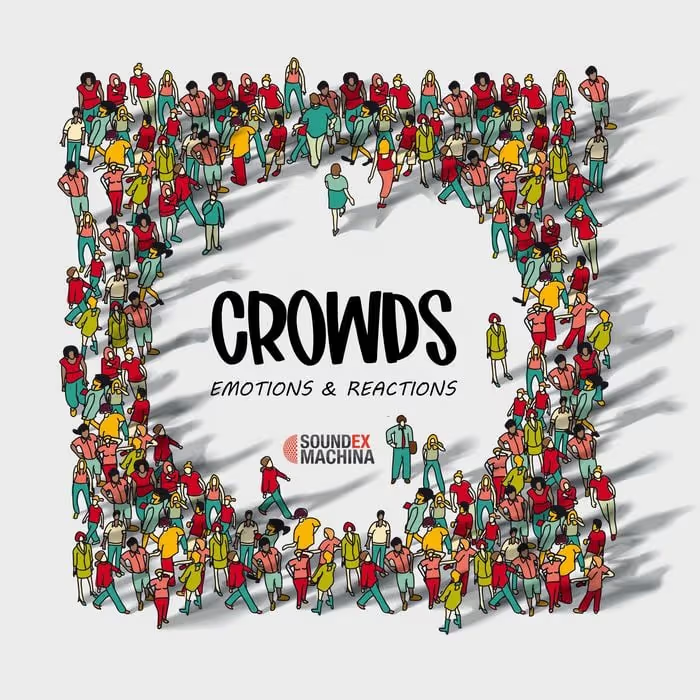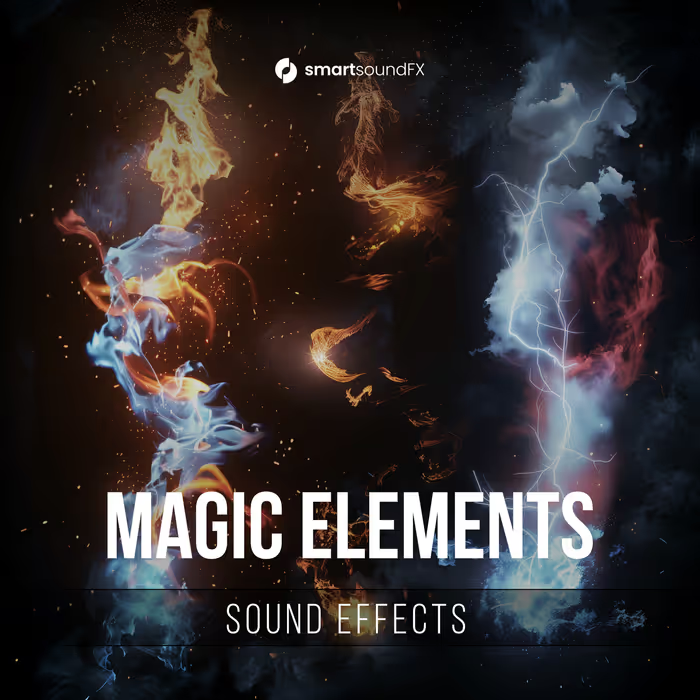The Oscars might be over but the party continues for Another Round. Any film that explores (and touts) the benefits of moderated day-drinking will always be worthy of a watch. It’s like a reaffirmation that the flask in your work desk is necessary.
Another Round follows a group of middle-aged teachers (the enigmatically charismatic Mads Mikkelsen among them) who have lost their youthful spark and so seek to reignite their lust for life with a measure of alcohol. A few measures actually. And then maybe a bit too many measures. It is a funny, poignant, culturally eye-opening film that deserves its Oscar accolades, winning ‘Best International Feature Film’ for Denmark and earning Thomas Vinterberg a nomination for ‘Best Achievement in Directing.’
For their work on the film, sound designers/re-recording mixers Hans Møller and Jan Schermer earned a Danish Film Awards (Robert) nomination for ‘Best Sound.’
Here, Møller at Mainstream (one of the largest sound studios in Scandinavia) talks about his collaboration with Schermer and with director Vinterberg, shares tips on getting great-sounding Danish dialogue, dives into details on building energy in the bar scene, and more!
ANOTHER ROUND – Trailer #2
Can you talk about your collaboration with director Vinterberg on Another Round? When did you get involved on the film, and what were some of the main sonic challenges you faced early on?
Hans Møller (HM): I worked with Thomas before, although some years passed since our last collaboration. But we know each other well and I was happy to get the opportunity to work on Another Round.
Originally, I was scheduled to work on another project, and I had to plan for just joining the mix of Another Round. Jan Schermer was already on the film as there was a financial obligation to have a Dutch crew on the film. Luckily, my other project was postponed, and so I got the chance to take part in the entire post-production.
We all had a meeting in Copenhagen, to settle the collaboration…and that was it.
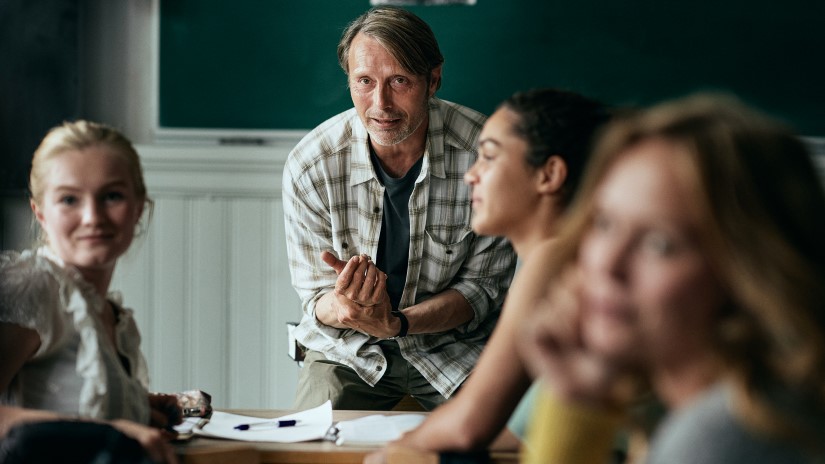
How did you and Jan [Schermer] split up the work? Or, what was your approach to working together?
HM: At the meeting, Jan and I had a good vibe between us. And without much discussion, we sorted out the approach to our collaboration, as we were both “the boss” in a way. It was, of course, a very obvious decision to split the sound work between us, so that I took care of all Dialog editing, ADR, loop group recordings and additional choir sessions. Jan would then, back in Holland, do his part — creating sound design, background, and Fx.
We discussed how to draw out the sensuality of the film in the sound work, to work with the dynamics, etc.
We would exchange temp mixes along the way. Then we would mix the film together in Copenhagen. During the process, I had some sessions with Thomas [Vinterberg] and editor Anne Østerud, and we discussed different challenges and the direction of style and design. We sent feedback to Jan and carried on. We discussed how to draw out the sensuality of the film in the sound work, to work with the dynamics, etc.
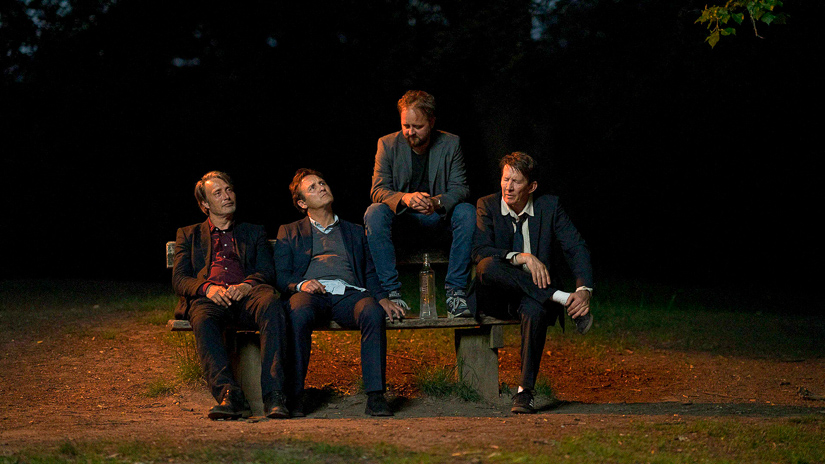
The film is very dialogue-driven (and it sounds great!). Were there any scenes that were challenging dialogue-wise? (For instance, the exterior shots by the waterfront, or the street scenes?) What were the issues with the dialogue and how did you handle them?
HM: Generally, the production sound was of very good quality. Swedish sound mixer Henric Andersson is very skilled and good at getting the best out of the conditions on-set!
The main effort on my behalf was editing, editing, editing. Naturally, I use basic EQ, some iZotope noise reduction tools and Audio Ease’s Altiverb but gradually, in this film, I used less and less compression/limiter tools to get where Thomas wanted to go with the dialog.
The main effort on my behalf was editing, editing, editing.
A lot of people have mentioned that Another Round has a very natural and emotional sound feel to it. I think that some of the reason is because of this. Be very careful when using your tools! It´s not that there is not a lot of sound design, and a lot of use of plug-ins and Audio Suiting done in the film, but the main idea is to be really careful that the audience doesn’t get this feeling that “somebody is doing stuff to the sound.”
I have to say, also, that I am lucky to have Meyer speakers in my mixing room. My experience with them is that using plugins, editing, matching ADR, and using reverb gets easier in a way. You get a very honest response from the speakers to what you do and a precise answer to whether it works or not, and you adjust until it´s there.
The result had to be fluent, airy, vibrant and “natural.” Getting there is hard. As I mentioned, it required a lot of editing as well as a good amount of ADR and A LOT of loop grouping, which Thomas and I recorded in the mixing stage over three days. The blend of production sound and ADR/loop can be tricky to get in place.
In the end, the ambition (of course) is to get people to not just “watch” the film but almost to be part of it, like a fly on the wall.
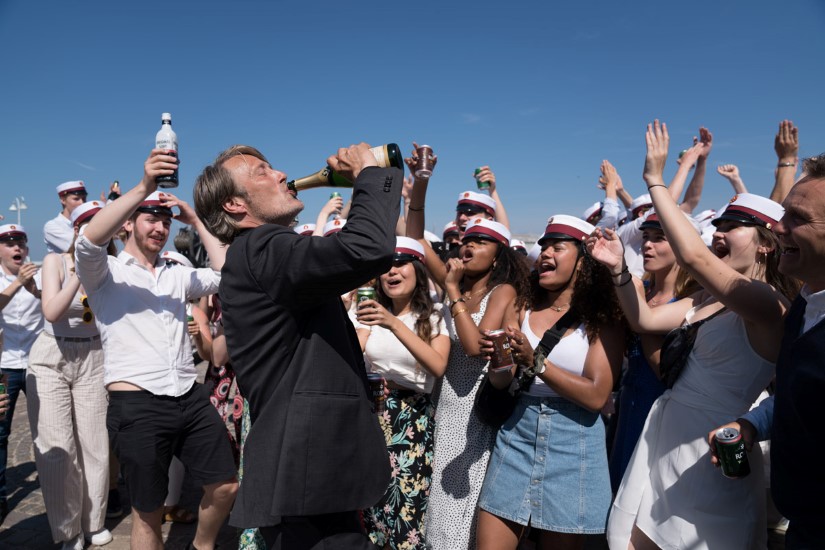
At one point, the group of teachers decides to get drunk to the point of oblivion. They visit a grocery store, go fishing, and end up in a bar. How did you use sound to help reinforce the idea that these guys are extremely drunk?
HM: Drinking and alcohol is obviously an important part of Another Round . Jan [Schermer] did some very good sound effects for this, as well as Julian Naudin, the foley artist, especially when they are mixing the Sazerac drinks.
Also, we messed around a lot with the sounds and development of the “alcohol meter” to get it where we (Thomas) wanted. I think these sounds help the audience to “feel” that this is on a road to…
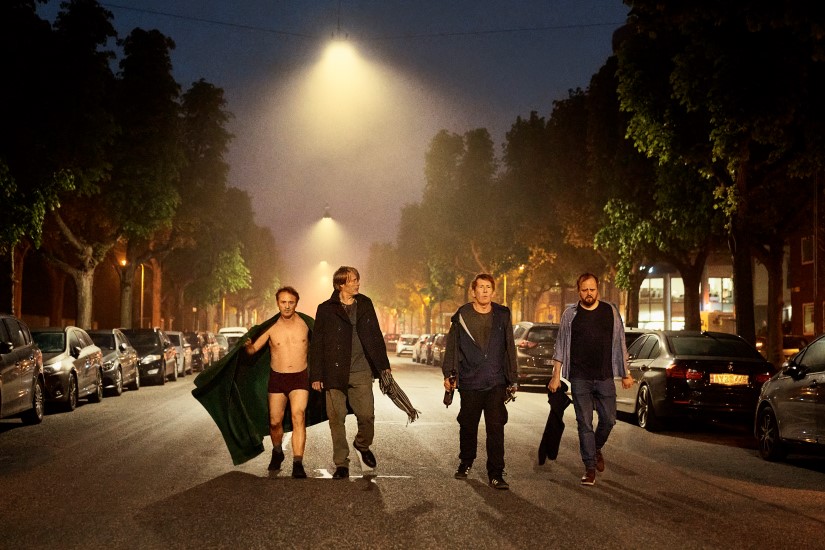
…being totally wasted! They stumble into a bar at the end of this trip, and there’s a lot going on sonically. Did you get production effects of the bar crowd? Or was that something you completely built in post?
For Peter’s impromptu piano performance in the bar, how did you handle that? Were there production recordings of his performance? Was that recorded in post? Was there production sound for the sing-a-long? Did you augment that with loop group?
HM: In all scenes, the main part is production sound but stuff is added on: ADR, loop group, additional singing in the Bar, etc. This is also the case in the bar scene, where they get totally wasted.
The important thing here is the energy! It is not about understanding every word. I think a lot of people recognize this “energy” and this is what we went for.
The important thing here is the energy! It is not about understanding every word.
But most of the actual dialog in the scene is production sound and a lot of walla and loop is mixed in. They sang on the recordings but not very “energetic” so we had to enhance that.
Also, Peter playing the piano is done on set, except when he plays “right hand” with his foot. This was put in later. I guess the overall ambition with this scene is that “all control is lost.” Maybe we succeeded ;-)
You can say that this is the climax of their lethal route that evening. Step by step, sound-wise, we go along with them through the scenes, starting with the volume of The Meters tune, “Cissy Strut,” when it’s turned up (extra) by Nikolaj.
[tweet_box]Tapping into the Sound of ‘Another Round'[/tweet_box]

What were some of your challenges in mixing the film? Did COVID have a big influence on the process?
HM: The COVID situation in the world escalated during our sound process. We started working on the film in January 2020, and for the final week up until the start of the mix was scheduled, Jan [Schermer] came to Denmark to do final run-throughs and get ready for mix.
But on the Friday evening before the first day of mixing, while Jan and I were on the mixing stage getting our sessions together and getting ready for Monday, the Producer came by to inform us that the Prime Minister was closing down the Danish Borders, etc. and therefore he sent Jan back to Holland immediately.
I sent 2-track temp mixes to Thomas and the editor a couple of times and a 7.1 temp mix to Jan in Holland
In short — as we were aiming for Cannes and as the festival kept “not cancelling” — we had to keep going.
This meant that Jan went home and everybody else “left the building” and I started mixing the film and did so for 2 weeks. I sent 2-track temp mixes to Thomas and the editor a couple of times and a 7.1 temp mix to Jan in Holland and they commented on that.
Then, Thomas and I had a couple of Zoom meetings and that was it.
Luckily — with distance between us — Thomas, the editor, and I got the chance to sit two days together in the mix and finalize, mainly working on the ending scene and in the restaurant scene. These were the tricky ones.

In terms of sound, how was Another Round a unique experience for you?
HM: It is always a spoken issue on Danish production that the dialog has to be “understandable.” So it’s always a challenge, especially with some actors. And the Danish language is a challenge itself — hidden in the back of the throat.
What works for me is to really dig into literally every syllable, taking care of the volume especially on the beginning and ending of every word/ sentence. You can get really good results for the intelligibility this way. I admit that I am a little obsessed with removing mouth clicks, etc. around and inside the lines, but I will claim that you end up with nice-sounding dialog that you’ll enjoy listening to if you care to make the effort.
Again, it’s a matter of careful and thorough editing and not letting all our nice plugins do the dirty job for you.
Another Round has no “score,” no composer. There are some choir parts, and some source music. But no score to lean on when you think you need it. This could have been a challenge, but not in this case.
I think it works brilliantly as it is, even in a long scene like the big restaurant scene in the beginning of the film. When the choir parts arrive, they have a much stronger impact because you have had no score in between to “use energy.” That was a good lesson to learn – again.
A big thanks to Hans Møller for giving us a behind-the-scenes look at the sound of Another Round and to Jennifer Walden for the interview!


